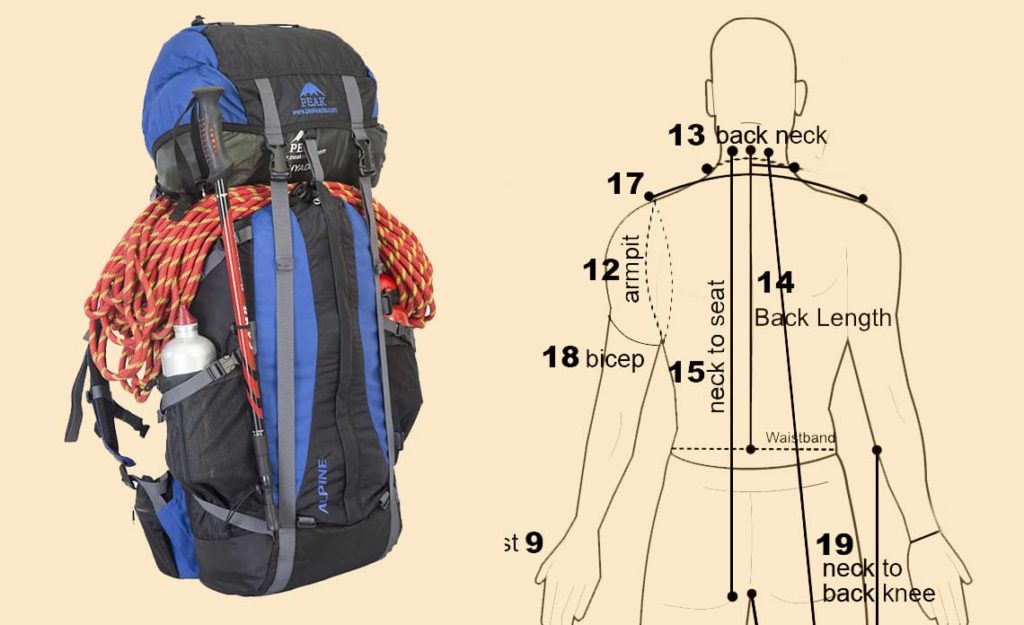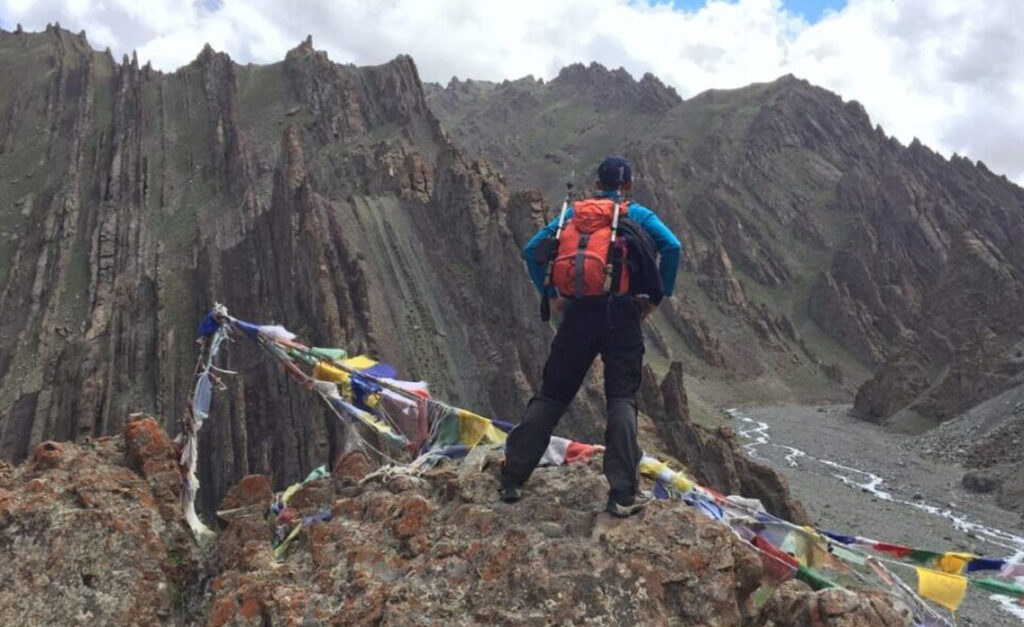- Choose a Tent as per your intended activity
- Mountaineering: These tents (4 season tents) are designed to withstand extreme windy, rainy and snowy conditions. They have full outers that extend right to the bottom. The inner tents have lesser mesh panels. These tents have aluminium alloy poles for greater strength and stability.
- Trekking: These tents ( 3 season tents) are lighter and are perfect not only for pleasant weather but also hot and humid conditions.
Use of mesh panels makes them extremely well ventilated and ideal for star gazing on a clear night. - Camping: These tents are more roomy and many have standing height giving you the luxury of space in the outdoors.
- Size: Tents are categorized as 2 man, 4 man, 6-8 man depending on the occupancy of people that will stay in the tent.
- Weight:
- Trekking (3 season) tents and mesh tents are popular as they are light in weight.
- Mountaineering (4 Season) tents are a little heavier as they have more poles and more fabric compared to mesh tents.
- Tents with top outers are also light in weight but cannot be used in extreme conditions.
- For rain free use, mesh tents with alloy poles would prove to be an ultra light option.
- Camping tents are roomy and spacious and tend to be heavier.
Features
- Doors: Some tents come with single doors which make them lighter; however Double Door tents are more convenient as they ensure individual entry and exit points. In humid conditions they are a boon for enhanced ventilation.
- Top Outer: A small cover over the top net ventilation of the main tent, this tent is ideal for pleasant weather conditions.
- Full Outer: A second layer over the main tent that extends to the bottom of the tent for protection in extreme conditions.
- Vestibule: It is an extension of the full outer and is very useful to keep your extra luggage outside the tent.
- Footprint: An optional additional layer under the main tent that protects the floor of the main tent from sharp objects. It is more economical to change your footprint rather than damaging your main tent.
- Pockets: Storage pockets are included in tents to help keep knick knacks.
- Flooring: Tub style flooring is a seamless flooring with no seams on the edges.
In Perimeter cut flooring the floor and wall of the tent are two separate pieces of fabric that are joined together. - Ventilation:
All tents have top ventilation to allow smooth air flow. Double doors with mesh panels help in controlled ventilation.
As our breath has a lot of moisture, when in a tent, if there is insufficient ventilation, the moist air will condense and cause water droplets on the inner wall of the tent. To avoid condensation, keep your tent well ventilated.
3 Season tents have mesh panels for them to be airy and more ventilated. - Poles: There are basically 2 types of poles.
FRP Poles are heavier but more economical.
Alloy poles are made of aircraft grade aluminium alloy. They are lighter, stronger and more durable but come with a higher price tag.
To increase the stability of the structure of the tent, sometimes hubs are used on intersection of 2 poles. - Pole Sleeves/Clips: Tents can be installed by means of sleeves or clips.
In Sleeve system the pole has to pass through the sleeve which can sometimes be cumbersome. However this helps reduce stress points and distributes it evenly on the tent body.
Clipon System on the other hand makes it very easy to install the tent. It also increases airflow between the Inner and Outer of the tent that helps in reducing condensation. - Stakes: Nails that go in the ground and help in anchoring the tent.
- Guylines: Ropes that are used to anchor the tent with the help of stakes.
Tent Tips
- Install the tent in your backyard before embarking on your first camping trip.
- When dissembling the poles, start at the center of the pole rather than from the end as it reduces tension on the elastic cord.
- Kindly check the method in which the tent is packed making it easier for you to repack it on your trip.
- While packing, first pack the poles in the pole bag and then wrap the tent around the poles and pack it in the tent bag.
- Stakes should be removed by pulling on the stakes itself. Never remove a stake by pulling on the tent fabric or stake loops.
- Protect from UV on extended stays by pitching your tent in the shade. A combination of UV and weather will cause any tent fabric to fade/deteriorate.
- If zippers stick or run rough, clean them with a soft toothbrush and apply white oil with a small cloth on the teeth of the zipper.
- Use only water and damp cloth to wash your tent only when it is extremely dirty.
- Be sure to dry your tent thoroughly before packing.
- Tent should be stored dry and loosely folded in a dry storage area away from heat.
- Keep the poles clean and dry before storing.
- Poles and pegs should be packed separately to avoid damage to the fabric in storage.
- Build your campfire at a distance from the tent depending on wind condition and campfire size.
- Never use appliances with open flame inside the tent. They are not only a fire hazard but also consume oxygen.




